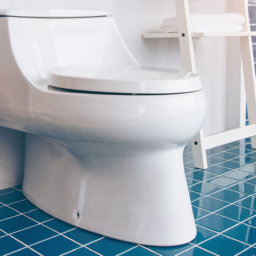 94% of purchasers last year opted for a fixed-rate mortgage at some of the lowest rates in home buying history. Yet, some of them will pay more in interest than necessary based on the time they’ll own the home.
94% of purchasers last year opted for a fixed-rate mortgage at some of the lowest rates in home buying history. Yet, some of them will pay more in interest than necessary based on the time they’ll own the home.
If a person only plans to be in the home a few years, the adjustable-rate can offer significant savings.
Not only is the interest rate on the adjustable-rate lower than the fixed in the initial period, amortization on a lower interest rate amortizes faster than a higher interest rate.
In the example shown below, a $200,000 mortgage for 30 years is compared using a 4.25% fixed-rate to a 3.25% 5/1 FHA adjustable rate. The first five years of the ARM generates a $113.47 a month savings which accumulates to $6,808.20. In addition, due to faster amortization on lower interest rate loans, the unpaid balance at the end of five years will be $3,001 lower on the ARM for a total savings of $9,801.
Assuming the adjustable-rate mortgage was to escalate the maximum allowed at each period, the breakeven would occur in 8 years and 6 months. If a person were to sell the home prior to this point, the ARM would provide a lower cost of housing for the homeowner.
For some people, the uncertainty of how the interest rate may change is not acceptable. On the other hand, for the risk tolerant individual who may be more confident in financial matters or who may know when they’ll be moving next, the ARM can be a smart choice.
To make projections using your individual numbers, see the Adjustable Rate Comparison.
I can recommend a great mortgage officer if you need more information. Let me know!













